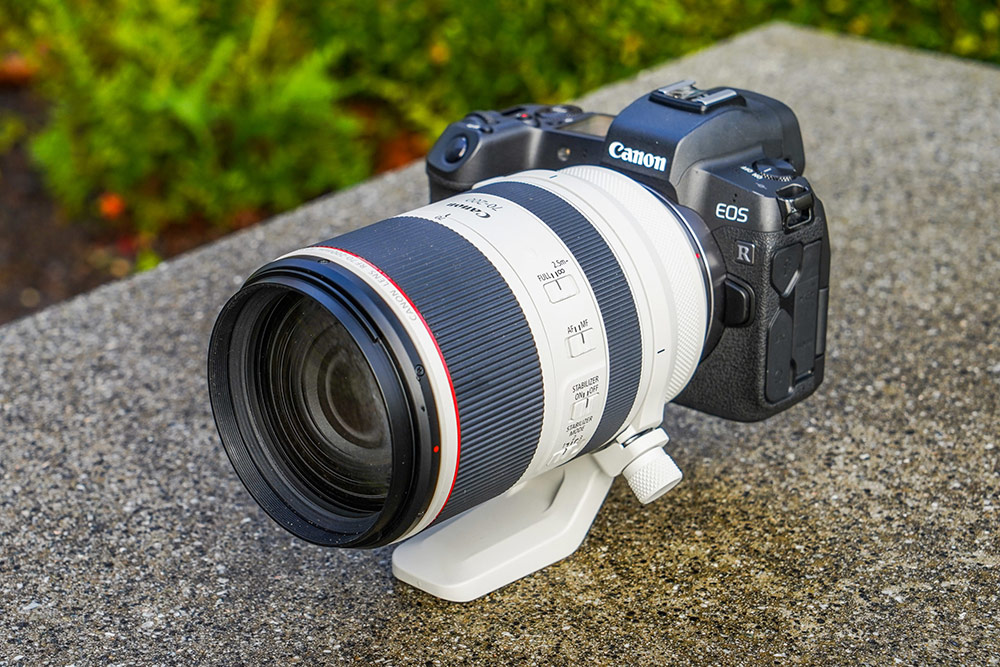As a photographer shooting on Canon mirrorless, I’ve been spoiled by a wide array of lenses, even if third-party support for its full-frame RF bodies has been lacking this generation. That said, we have no less than four RF 85mm prime lenses to choose from at a range of different budgets, a mixture of L-series and non L-series primes and zoom lenses as well as innovative world first’s never before seen in a lens design, such as the controversial RF 70-200mm f/2.8L IS USM which I’ve recently upgraded to.
Aside from these lenses usually being very pricey, not least because there is very little competition from third-parties to help keep costs lower, there are a few reasons I still prefer to shoot with my older EF glass for Canon DSLRs on my new RF mirrorless bodies.

The way in which I use autofocus for a multitude of subjects completely changed when I switched to mirrorless, as the sensor-based autofocus systems more accurately tracks faces. Subject and face detection is brilliant for the majority of photographic disciplines, and the super-fast autofocus motors like in my new RF 70-200mm f/2.8L IS USM make them super-fast, quiet and accurate to lock on – don’t get me wrong, this is a brilliant feature.
However, the trade-off is that autofocus is nearly always exclusively an electronic fly-by-wire type now, whereas before it would be physical – turning the focus ring on the lens would actually change the focus, regardless of whether the camera was powered on or not.
Nowadays with electronic fly-by-wire systems it doesn’t work this way and you likely won’t get a focus distance window either. For 99% of my photography this isn’t a problem, however it is big problem for pre-focusing when shooting street photography – there’s a reason most Leica lenses are manual focus with clear focus distance markings after all. So if I’m shooting street photography I tend to adapt an old lens such as the EF 16-35mm f/2.8L III USM with an adapter.
Speaking of adapters, Canon released not one, but three adapters you can use to make your older glass compatible with its latest camera bodies. Two of these adapters give you extra functionality with either CPL or VND drop-in filters, or adding a Control Ring – genuinely useful features. These adapters maintain all of the electronic connections for AF, metering, aperture and EXIF info all to be communicated with the camera body properly.
Another reason why some may prefer the older EF glass is that they’re usually more optically perfect. The trend with modern mirrorless glass for Canon tends to be to rely on in-camera lens corrections to do the heavy lifting to make up for optical flaws, though in fairness optical quality tends to be comparable and the lenses are smaller and lighter, so it’s a trade-off I’m happy to make in most cases.
However, Canon glass is very popular with videographers – even when not shooting on a Canon body. In such scenarios, videographers won’t be able to make use of those essential lens profiles for the newer RF lenses, so it’s fairly common to opt for the older EF lenses instead which are usually a bit heavier and larger, but have less distortions without relying on lens profile corrections.
Related reading
The views expressed in this column are not necessarily those of Amateur Photographer magazine or Kelsey Media Limited. If you have an opinion you’d like to share on this topic, or any other photography related subject, email: ap.ed@kelsey.co.uk







